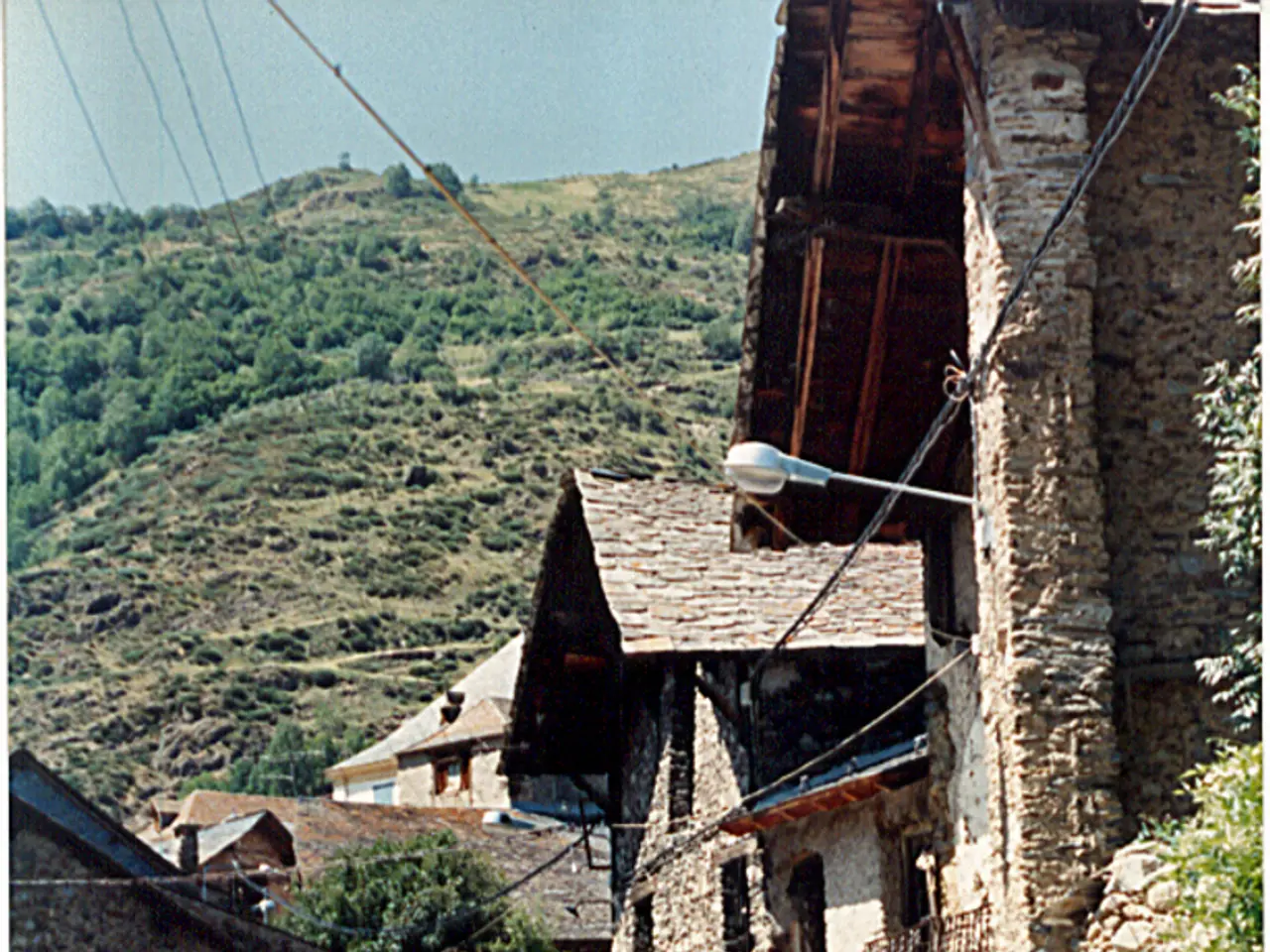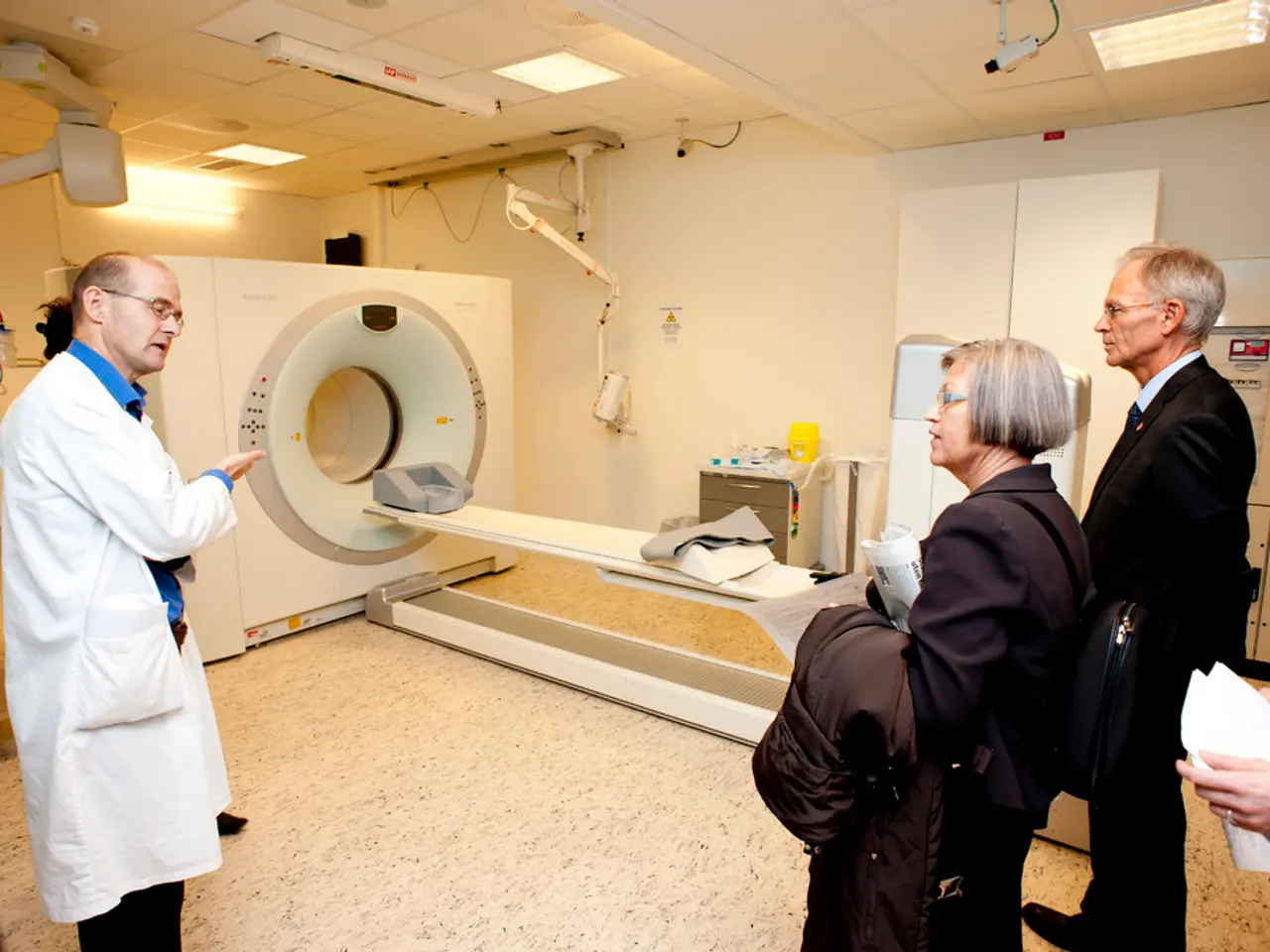Boosting Staircase Security through Implementation of Safety Nosing Stairs
In both commercial and residential properties, safety stair nosing plays a crucial role in enhancing the safety of staircases. This essential component, designed to provide an extra layer of protection, offers numerous benefits that contribute to a safer and more efficient stairway.
Made from various materials such as metal, rubber, or PVC, safety stair nosing caters to diverse environments. Each material offers distinct advantages, ensuring that the nosing is suitable for the location, foot traffic, exposure to outdoor conditions, and general environment of the stairs.
Safety stair nosing not only contributes to the aesthetic appeal of the staircase, giving it a finished and professional look, but also serves as a clear demarcation of each step, aiding in visibility and reducing the likelihood of missteps. Moreover, it reduces maintenance costs associated with the repair and replacement of damaged stairs.
Incorporating safety stair nosing into the design and construction of staircases is a proactive step towards accident prevention and safety assurance. Adhering to the recommended safety standards for installing safety stair nosing is essential. These standards focus primarily on visibility, slip resistance, proper dimensions, and secure installation to prevent falls and meet building regulations.
Dimensions and positioning are crucial factors in ensuring adequate step visibility without creating hazards. Nosing strips should be at least 50mm wide and no more than 75mm deep across the full width of travel, and they may be set back up to 15mm from the front edge of the nosing. Nosing profiles should feature a sharp intersection or be rounded/chamfered up to a 5mm radius or 5mm x 5mm to reduce trip hazards while maintaining effective contrast.
A minimum luminance contrast of 30% between the nosing strip and the tread background is required for high visibility to assist people with vision impairment and reduce missteps. The nosing strip must also be slip resistant, conforming to Australian standard AS/NZS 1428.4:2009 or equivalent standards.
Proper installation is crucial: nosings should be firmly fixed using suitable adhesives and/or mechanical fasteners to avoid future loosening or gaps that can cause trips. Surfaces must be clean and dry before installation. Installation guidelines from manufacturers must be strictly followed to maintain safety compliance.
In situations where stairs are curved or irregular, flexible stair nosing can be used to maintain safety and aesthetics without compromising fit and function. For added visibility in power outages or low-light conditions, nosing often incorporates colour contrast or photoluminescent strips that glow in the dark.
Implementing safety stair nosing is a compliance requirement in many regions, as it minimises accident risks. The benefits of safety stair nosing, such as reduced accidents, lower maintenance costs, and enhanced durability, provide a significant return on investment.
The value of ensuring the safety and well-being of individuals using the staircase is immeasurable. Safety stair nosing is engineered to withstand constant foot traffic, thereby extending the lifespan of the stairway. Safety stair nosing remains a practical and essential measure for safeguarding users navigating staircases, regardless of the setting (home, office, or industrial environment).
Science and health-and-wellness are interconnected when it comes to safety stair nosing. For instance, the nosing designed for health-and-wellness purposes, such as providing excellent slip resistance and enhancing visibility, contributes to the reduction of accidents in both residential and commercial properties, thereby improving overall safety and well-being of individuals using the staircase.




